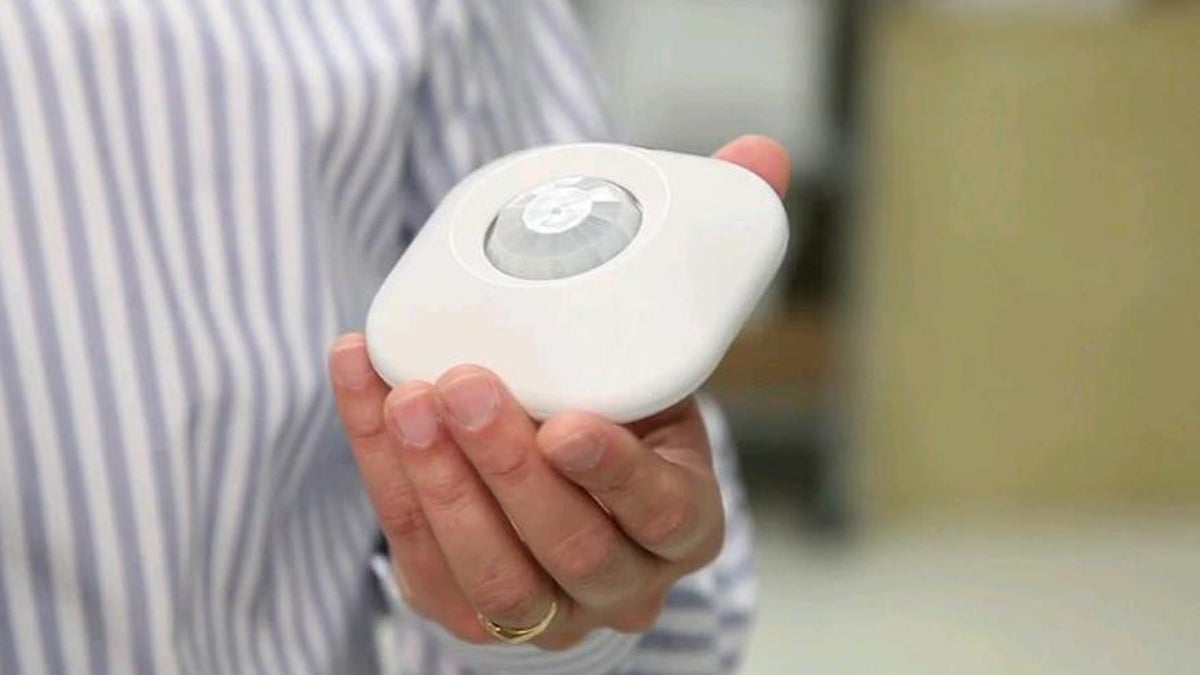Smart lights save energy without changing bulbs
Startup Enlighted says its distributed sensor-based lighting controls cut energy from lighting by about 60 percent.

The distributed sensor revolution is coming to office buildings, starting with overhead lights, according to startup Enlighted.
The Sunnyvale, Calif.-based company today detailed the energy savings of some its first corporate customers who are using its computerized lighting controls. Enlighted said that customers, including Google, Turner Broadcasting, and Interface Global, have saved on average 60 percent on lighting energy. The return on investment, which depends on the price of electricity, is about two years, according to the company.
Rather than build a more efficient light source, Enlighted and a few other lighting startups are designing better controls. Automatically adjusting light levels or turning lights off when they're not needed can cut a lot of wasted energy, particularly in office buildings.
Enlighted's approach is to equip buildings with wireless sensors able to detect light levels and whether people are in the room. Placed every 100 square feet, the sensors are wired to a control at the overhead light's ballast.
To manage lights or monitor energy use, the sensors are connected wirelessly to a corporate network. Upgrading the light with a sensor and control, done by an electrician, is similar to replacing the light ballast.
The company's hope is that this distributed control network will be the basis for other types of office automation, such as security, or gathering more information on office occupancy rates.
"One of the areas people seem to be interested in is knowing how space is utilized," said Zach Gentry, the vice president of marketing and product management. "We can give them heat maps on temperatures, occupancy rates, and total occupancy during the day so they can decide whether it makes to consolidate or add more space."
One of the challenges with building products that promise better efficiency is that often tenants don't have a financial interest in upgrading equipment. Gentry said that Enlighted, which released its first product in 2010, is currently targeting corporate campuses or owner occupied buildings.

